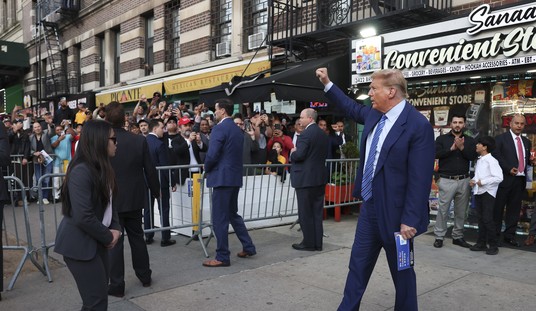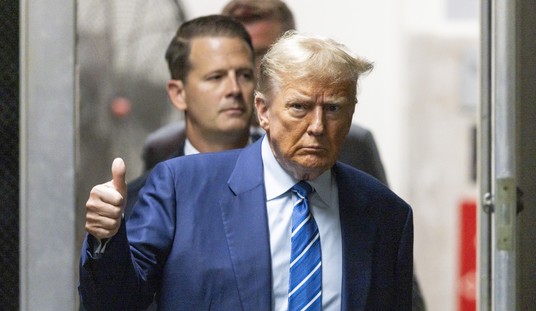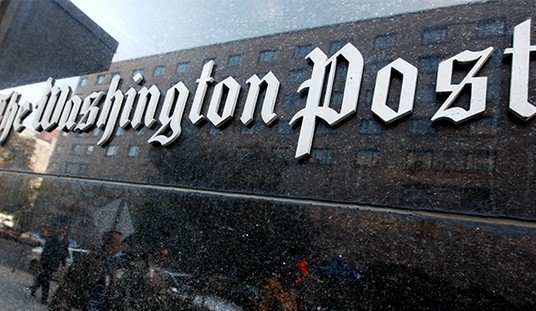Bryan Preston at PJ’s Tatler argues that the fictional Godzilla could well be a symbol for Mt Fuji, the 12,000 foot perfect cone that towers over the Kanto plain. The plain upon which Tokyo is built is itself comprised partly of flows from the volcanoes which surround it, like Mt Hakone and Fuji itself. Fuji, when it erupted, devastated all before it. It has lain quiet. But for how long? Godzilla, in Preston’s view, could stand for all the natural disasters which have menaced Japan throughout its glorious and tragic history.
Whether it’s from typhoon, tsunami, earthquake or volcano, or some combination of those, the history of Japan is replete with cycles of building, flourishing, destruction and eventual rebirth. This cycle is so ingrained in the culture that I’ve often wondered whether the Godzilla (Gojira) and other kaiju films owe some of their inspiration to it. Massive monster of mysterious origins menaces Japan, crushes the capital city, and usually meets an end that guarantees that the monster or its offspring will be back at some point.
Tom Miller, on the other hand, believes that Godzilla explicitly represents the terrible mysterious dangers which the outside world, specifically the United States, represents to Japan. That force is at once irresistible and yet unable to conquer the Japanese people. Miller writes:
Godzilla’s very name emphasizes the monster’s foreign nature. Gojira, as he is called in Japan, has his name spelled in katakana, the written characters used in Japan to represent foreign words. The katakana rendering could easily have been written as the hiragana spelling instead. The course of Gojira follows the war in the Pacific as seen from the eyes of an ordinary Japanese. At first, there are reports of ships sunk, representing Japan’s naval defeats and the destruction of its merchant marine fleet by US submarines. The government debates releasing this news, just as the wartime government heavily censored the reports of such defeats as Midway. The ship losses are disturbing, but not immediately threatening. Then Godzilla emerges on Oda Island, which stands for all the islands lost to the US, in particular Okinawa, the closest. Godzilla/US now threatens Japan directly. The monster’s attack on Tokyo mirrors the destruction wrought by the US Air Forces. Japan’s armed forces are helpless against the power of Godzilla. Japan’s fighter planes drive back Godzilla temporarily, but clearly without harming the kaiju. Unlike the real war, this allegorical one ends with a Japanese victory as Dr. Serizawa’s kamikaze attack in Tokyo Bay destroys the enemy. Yet the real threat presented by the US was not defeated and continued to be depicted in subsequent films.
But as with anything that lasts for more than two generations, Godzilla itself changed within the Japanese legendarium. Godzilla became a protector of sorts, saving the Japanese homeland from other beasts, like Ghidrah and Rodan, representing China and Russia. But it was indifferent to Japan; it’s chief virtue lay in its ability to neutralize the other threats which inevitably arose. Godzilla evolved from being a purely Japanese, postwar symbol into one which expressed the balance of forces in the Cold-War world.
Over time, Godzilla’s symbolic role began to change, representing different perspectives of Japan’s relationship with the US. Increased acceptance of the US as Japan’s friend and ally, coupled with an increasing identification of Godzilla as a Japanese symbol would ultimately lead to a role reversal for the kaiju. In Ghidrah, the Three-Headed Monster (Sandai Kaiju: Chikyu Saidai No Kess 1964) a new threat arises: China, which had recently exploded its first atomic bomb, thus entering the ranks of the superpowers. The view of Japan depicted in Ghidrah is that of a tiny nation surrounded by large, dangerous ones. Again, Mothra represents the resources of the Pacific used in Japan’s defense. Mothra will help Japan immediately upon request although such help is no longer sufficient by itself. Japan’s infant military status vis a vis the nuclear powers is emphasized by the depiction of Mothra throughout the film in the larval stage. Godzilla continues to represent the US, while Rodan assumes the role of the USSR.
But the Cold War is over. And the monster may now have come to mean something else. If America was Godzilla, has the scaly beast fallen on hard times? Or has it simply been eaten or replaced by an even greater monster: Tyrannosaurus Debt? As a percentage of GDP, Japan’s public debt is exceed only by Zimbabwe. Fortune writes that the Japanese government must now struggle to find reconstruction funds without increasing its already monumental borrowings.
Like the oil spike that roiled markets in recent weeks, Friday’s quake offers yet another reminder of how vulnerable aging, slow-growing, debt-burdened economies are to a shock even in what is supposed to be a period of global economic expansion.
“Japan’s economic recovery has lost momentum and a large part of the reconstruction costs will add to the government’s significant debt burden,” writes Julian Jessop at Capital Economics. He writes that the disaster could make it even more painful for the latest Japanese government to take long overdue action to produce a plan that would put spending on a more sustainable track.
Economists responding to the news of the quake focused mostly on two issues: how bad the damage stands to be, and how big a burden rebuilding stands to impose on an already stretched nation.
Because it is not as if Tyrannosaurus Debt is ravaging Japan alone. It is rampaging internationally. The Sydney Morning Herald notes that the earthquake disaster comes at a time when governments and economies are struggling all over the world. China is now showing definite signs of slowing down and the blow to one of its major trading partners cannot help but darken its prospects. And what is worse, China’s economic slowdown does not seem to be dampening internal inflation.
It was the last and in human terms most serious of a series of developments in Europe, the Middle East and Asia that have undermined confidence this week, and it will be a factor at least until the extent of the damage caused by the quake and the tsunami it triggered is known: markets thrive on certainty. The exact opposite is created by a massive quake in the world’s third-largest economy, on the cusp of a weekend shutdown.
Reasons to flee the sharemarkets are ganging up on investors who have been holding on since the downturn began three weeks ago, in the belief that the global economy is still building momentum.
Before the Japan quake, China had posted its biggest trade deficit for seven years in February, even as inflation ran at 4.9 per cent, well above China’s target of 4 per cent for 2011.
Those were bad numbers for the markets, because they suggested that China’s economy had slowed, yet still failed to ease inflationary pressure. And for the skittish investors, it would now also be bad news if China used the many levers at its disposal to more aggressively bring inflation down.
But it is not Tyrannosaurus Debt we fear. It is something else. Something perhaps caused by the Big Money Eating guy, but altogether different. As in the original Godzilla movie, a mysterious series of sinkings and catastrophes seems to be manifesting itself all over the world. The “series of developments in Europe, the Middle East and Asia” may be harbingers of something else, “some rough beast, its hour come round at last” which we await, with bated breath, to finally show itself, as if some sequence of events is drawing itself together and we are waiting for the curtain to go up. What will this Godzilla finally prove to be, this monster that stalks our nightmares? We liked Godzilla better in the fifties: simple, scaly and only city-sized, when all he wanted to do was flatten the Tokyo Tower; today it may have mutated into something planet sized. But we will take whatever comes.
[youtube oHxzAXaJOtU]
“No Way In” print edition at Amazon
Tip Jar or Subscribe for $5









Join the conversation as a VIP Member